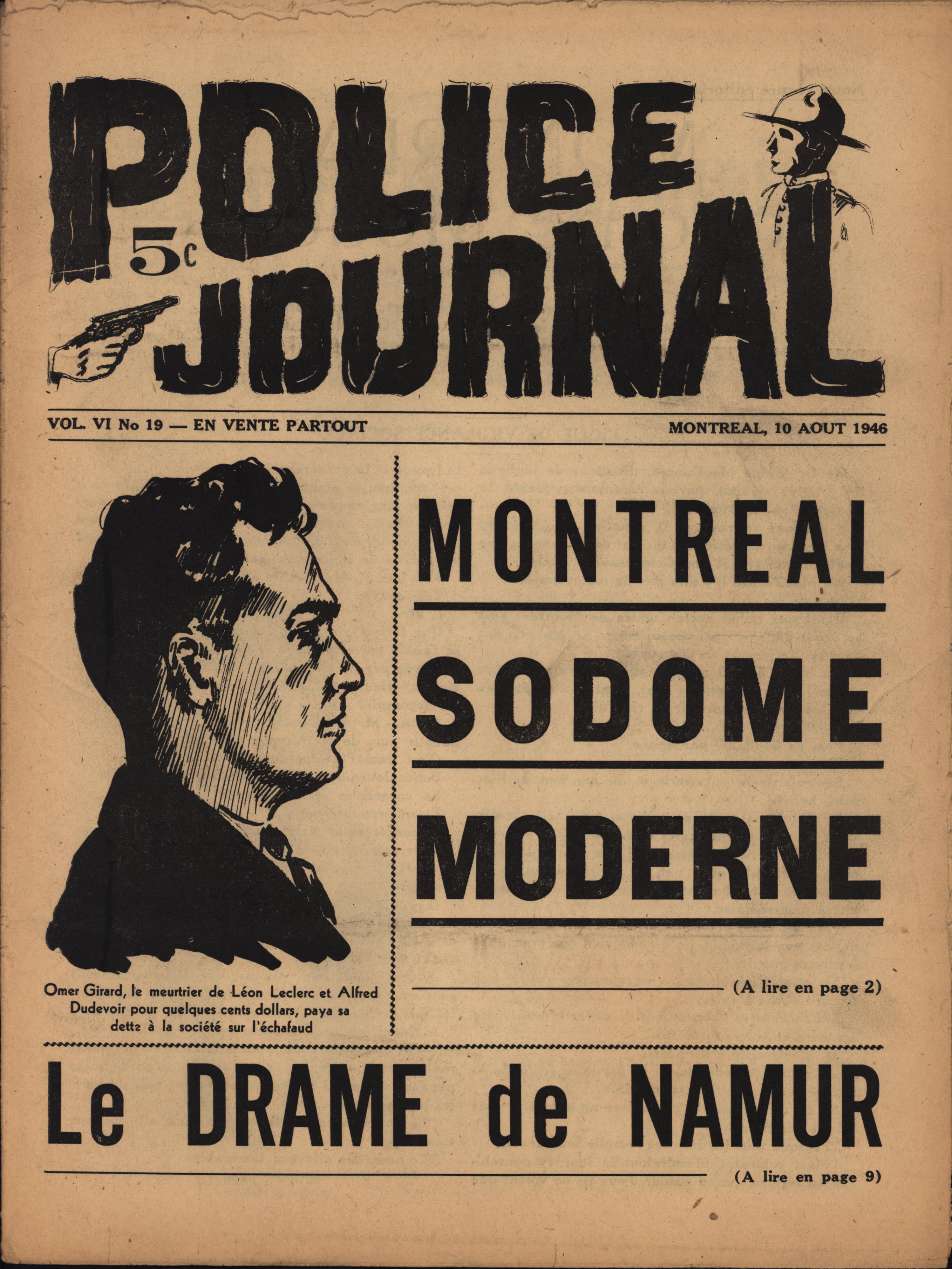

Footnote 3 The observable ambiguity of legal photographs allowed them to reveal a range of plausible truths in the courtroom, as Erika Hanna has shown in the context of photographs taken during the Irish Troubles they contain a wealth of forensic, social, and cultural clues about the scenes they sought to preserve. Footnote 1 As Jennifer Mnookin has argued, “From the first perspective, the photograph was viewed as an especially privileged kind of evidence from the second perspective, the photograph was seen as a potentially misleading form of proof.” Footnote 2 Crime scene photography's ambiguity as a forensic document highlights the need for historians, as Julia Adeney Thomas contends, to examine historic photographs with a “dual vision” that encompasses both their objective and affective nature and highlights the process of looking and our own position as viewers. While Anglo-American courts ruled that photographs were the product of scientific processes that accurately represented the world, they required them to be authenticated by a knowledgeable witness who could be cross-examined. Photography's dual nature as a direct transcription of reality and a human representation was also reflected in its legal status as evidence.
While the police and judicial practices of pre-1960 crime scene photography in England emphasized their objectivity and instrumentality, the photographs themselves reveal references to a much wider visual vocabulary indebted to contemporary aesthetic trends like film noir, documentary photography, and amateur photography. Studying the development of the techniques, practices, and legal status of crime scene photographs in the late nineteenth and early twentieth century offers a way to understand the complex nature of photography and the process of sight itself. The images fascinate because they are macabre, both as cool, objective, forensic documents and as unsettling emotional scenes in which events that took place outside the frame must be decoded. The genre is now familiar: the disarranged and lifeless room, the bloodstains or body, the clues. Crime scene photographs also demonstrate a remarkable shift in twentieth-century forensic technologies, and they reveal a collection of ordinary domestic and pastoral scenes at the moment when an act of violence made them extraordinary.Ĭrime scene photography, originally intended solely as legal proof for judge and jury, has since the 1960s saturated visual media, first in newspapers, then in television and film. Each of four pairs of photographs discussed reflects a significant period in the historical evolution of crime scene photography as well as an observable aesthetic influence: the earliest days of police photography and pictorialism professionalization in the 1930s, documentary photography, and film noir postwar photographic expansion to the suburban and middle class, advertising images of the family and home and postwar elegiac landscape photography in the 1950s and compassion shown to infanticidal mothers. Crime scene photographs had legal status as evidence that had to be substantiated by a witness, and their purpose, as expressed in forensic textbooks and policing articles, was to provide a direct transfer of facts to the courtroom yet their inferential visual nature made them allusive and evocative as well.

This article discusses the development of techniques and practices of murder crime scene photography through four pairs of photographs taken in England between 19 and examines their “forensic aesthetic”: the visual combination of objective clues and of subjective aesthetic resonances.


 0 kommentar(er)
0 kommentar(er)
